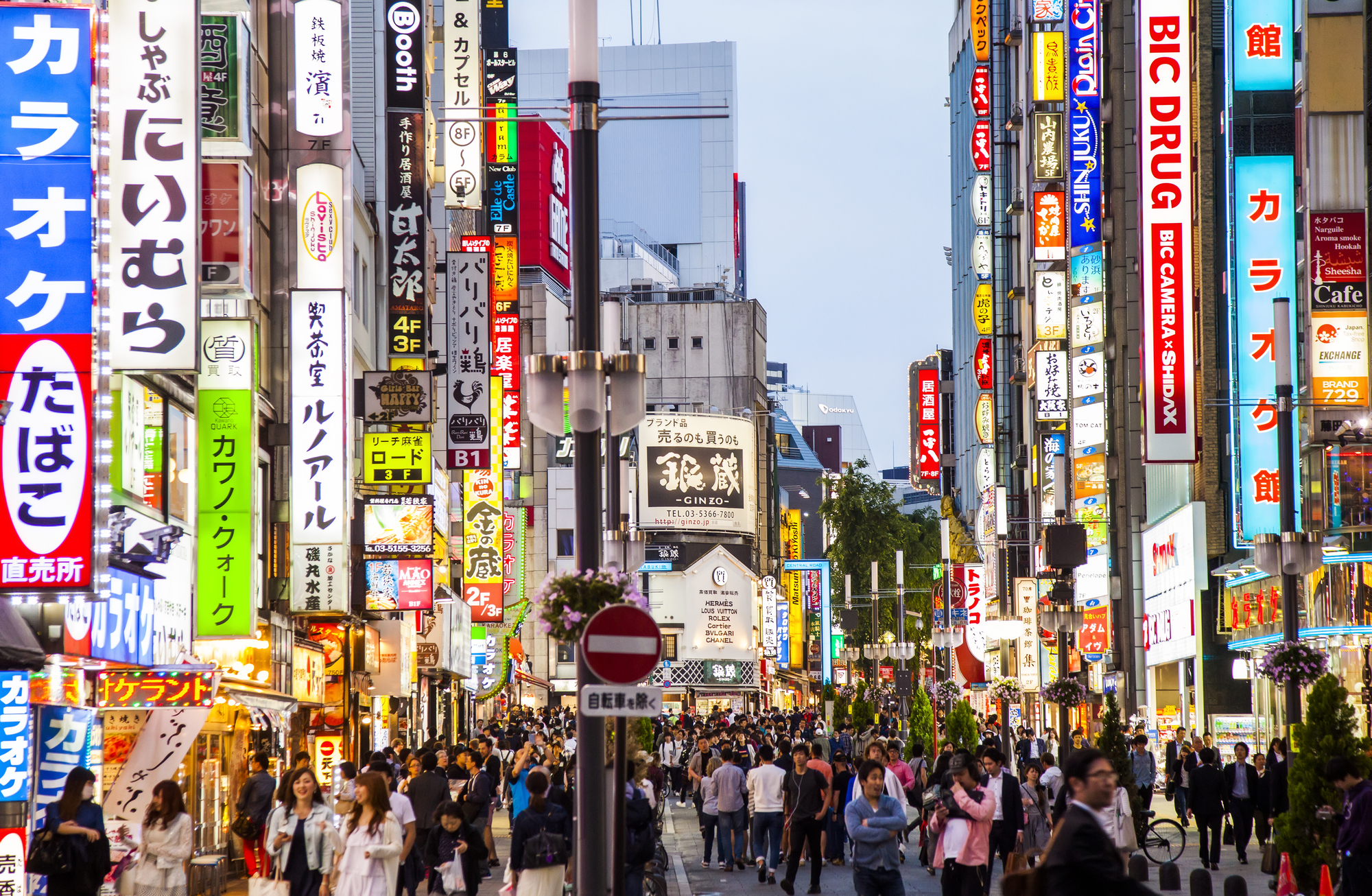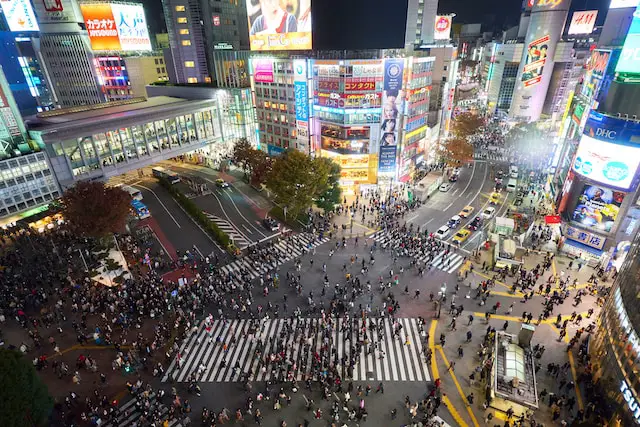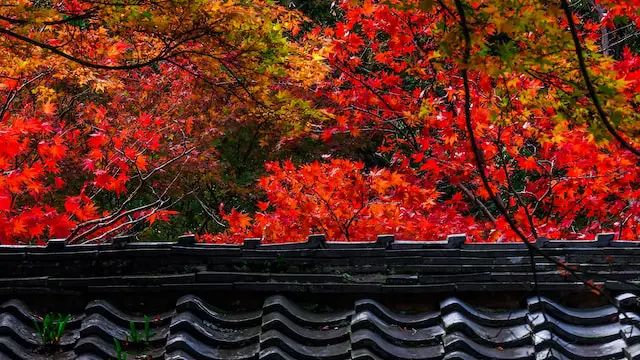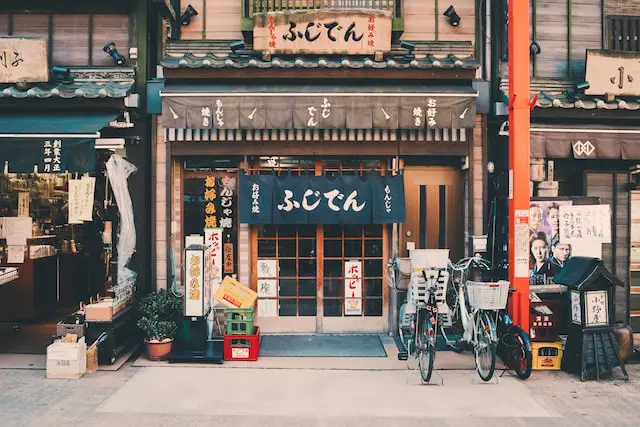Japan, a country where the past and future converge, offers a travel experience unlike any other. From the neon-lit streets of Tokyo to the tranquil temples of Kyoto, Japan is a tapestry of diverse experiences.
This guide will take you through the must-visit places in Japan, each offering a unique glimpse into the heart of this fascinating country.
Tokyo: The Dynamic Metropolis
Our journey begins in Tokyo, a city that epitomizes the dynamic fusion of tradition and modernity.
This bustling metropolis, a key highlight of any “Tokyo travel” itinerary, offers an endless array of experiences, from historic temples to futuristic skyscrapers, and from tranquil parks to neon-lit entertainment districts.
Start your Tokyo adventure at the famous Shibuya Crossing, one of the busiest pedestrian crossings in the world.
Here, you’ll be swept up in a wave of energy as hundreds of people cross from all directions, against a backdrop of towering digital billboards and the buzz of city life. “Shibuya Crossing” is more than just a busy intersection; it’s a symbol of Tokyo’s vibrant and pulsating heart.
No visit to Tokyo would be complete without “Tokyo Tower sightseeing.” This iconic red and white tower offers panoramic views of the sprawling cityscape.
By day, gaze out over the vast metropolis, spotting landmarks and getting a sense of the city’s scale. As night falls, the tower lights up, and the city below twinkles with millions of lights, offering a mesmerizing view and a moment of awe at the sheer expanse of Japan’s capital.
Tokyo is also a city of contrasts. Step away from the bustling streets, and you’ll find serene spaces like the Meiji Shrine, a haven of tranquility amidst the urban sprawl. Here, ancient trees and traditional Shinto architecture provide a peaceful respite, allowing visitors to reflect and find a moment of calm.
The city’s culinary scene is as diverse as its neighborhoods, ranging from high-end sushi restaurants to quaint ramen shops tucked away in alleyways. Each district in Tokyo offers its unique flavor and style, inviting visitors to embark on a gastronomic journey.
With its mix of cutting-edge technology, fashion, pop culture, and deep-rooted traditions, Tokyo stands as a testament to Japan’s ability to harmonize the old and the new.
Whether you’re wandering through the historic streets of Asakusa or exploring the futuristic vibes of Akihabara, Tokyo provides an exhilarating and unforgettable start to your Japanese adventure.
Kyoto: Where Tradition Meets Modernity
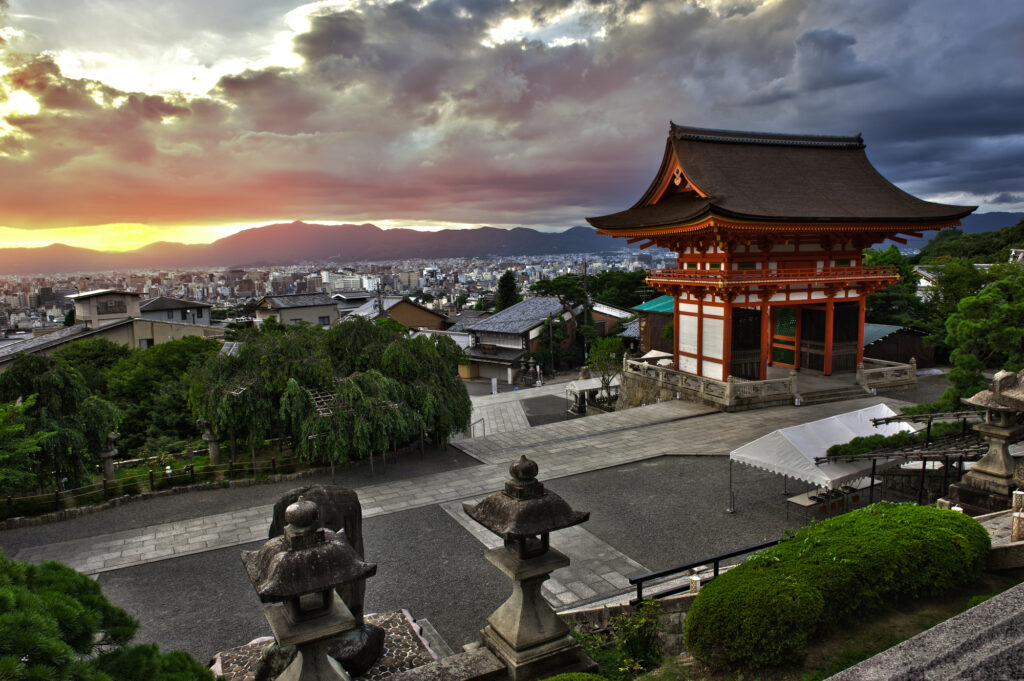
Leaving behind the electric buzz of Tokyo, a journey to Kyoto feels like stepping into a different era.
This city, once the imperial capital of Japan, is a living museum of the country’s rich history. Here, ancient temples nestle amidst verdant hills, and traditional tea houses line the old streets, offering a serene contrast to the modern pace of life.
Begin your exploration at the Fushimi Inari Shrine, a place that seems to exist out of time. Famous for its thousands of vermilion torii gates that wind through the woods, this shrine is a tribute to Inari, the Shinto god of rice.
The gates, donations from individuals and businesses hoping for prosperity, create a seemingly endless tunnel that captivates every visitor. This “Kyoto temples” experience is not just a journey through a religious site, but a walk through the very soul of Japanese culture.
Next, visit the golden pavilion of Kinkaku-ji, shimmering beside a tranquil pond. This Zen Buddhist temple, covered in gold leaf, reflects the changing seasons of Kyoto in its surrounding waters.
Each season dresses Kinkaku-ji in a different palette, making it a year-round marvel and a photographer’s dream. The sight of Kinkaku-ji is a testament to the harmonious blend of nature and architecture that is a hallmark of “Kyoto sightseeing.”
No visit to Kyoto is complete without strolling through the Arashiyama Bamboo Grove. Here, the sun filters through towering stalks of bamboo, creating a tapestry of light and shadow.
The rustling leaves and the path winding through the green stalks offer a moment of zen-like calm, a signature experience of “Arashiyama Bamboo Grove.”
While Kyoto’s temples and shrines are testaments to its ancient glory, the city is not caught in the past. Modernity peeks through in its bustling markets, art galleries, and the fusion of traditional and contemporary culinary delights.
The city’s ability to embrace the new while honoring its history is what makes “Kyoto travel” a unique and unforgettable journey.
Osaka: The Kitchen of Japan
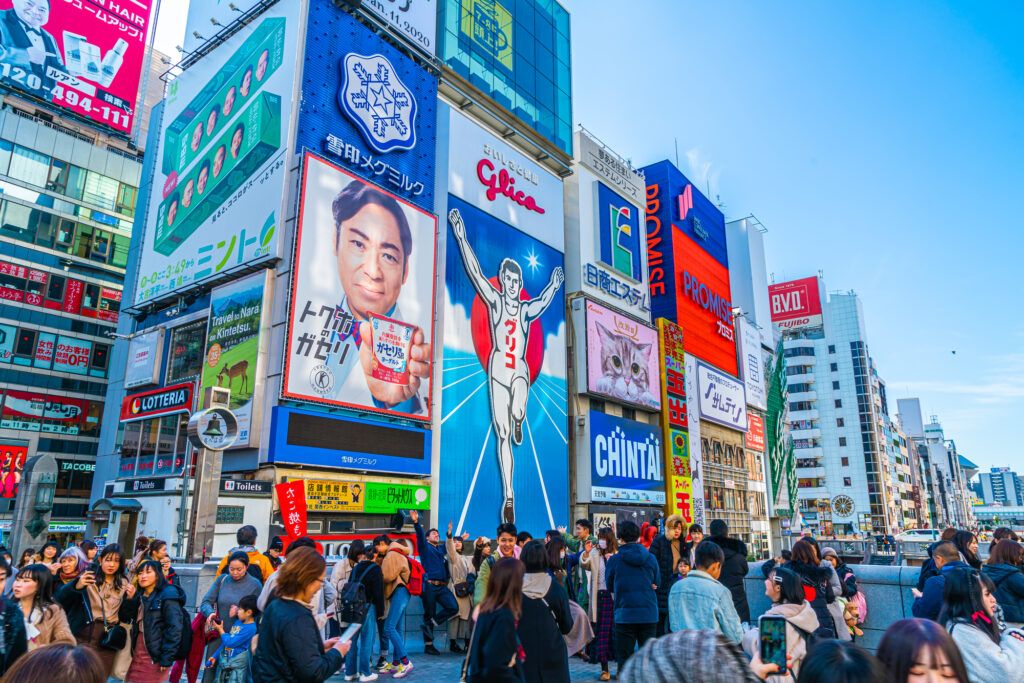
After the serene and historical journey through Kyoto’s temples like the majestic Fushimi Inari Shrine and the tranquil Arashiyama Bamboo Grove, a short trip brings you to the lively and vibrant city of Osaka.
Known as “The Kitchen of Japan,” Osaka challenges the senses with its dazzling array of street foods, neon-lit entertainment districts, and the warm-heartedness of its people.
Osaka’s heart beats in its bustling streets and markets. Begin your culinary adventure in Dotonbori, a district famed for its extravagant neon signs and an endless variety of street food.
Here, the scents of takoyaki (octopus balls) and okonomiyaki (savory pancakes) fill the air, inviting travelers to indulge in the city’s gastronomic delights. This food haven is a must-visit for anyone seeking the true essence of “Osaka food tour.”
Beyond its culinary prowess, Osaka is steeped in history and culture. Osaka Castle, a symbol of Japan’s rich history, stands majestically in the city center.
Surrounded by a moat and park, the castle’s grandeur is a stark contrast to the modern skyscrapers. A visit to Osaka Castle offers a glimpse into Japan’s feudal past, making it a highlight of any “Osaka Castle visit.”
As the sun sets, the streets of Osaka come alive with a different energy. The city’s nightlife, particularly in areas like Dotonbori and Shinsekai, is vibrant and offers a glimpse into the city’s modern soul.
Neon lights, lively bars, and the buzz of conversation create an atmosphere that’s uniquely Osakan. This “Dotonbori night life” experience is a perfect way to end a day in Osaka, showcasing the city’s modern, energetic side.
In Osaka, the contrast of the modern and the historical, the serene and the lively, is ever-present.
From the historical significance of Kyoto’s Fushimi Inari Shrine and the natural beauty of Arashiyama Bamboo Grove to the energetic streets of Osaka, this region of Japan offers a diverse range of experiences that cater to every kind of traveler.
Hokkaido: The Northern Wonderland
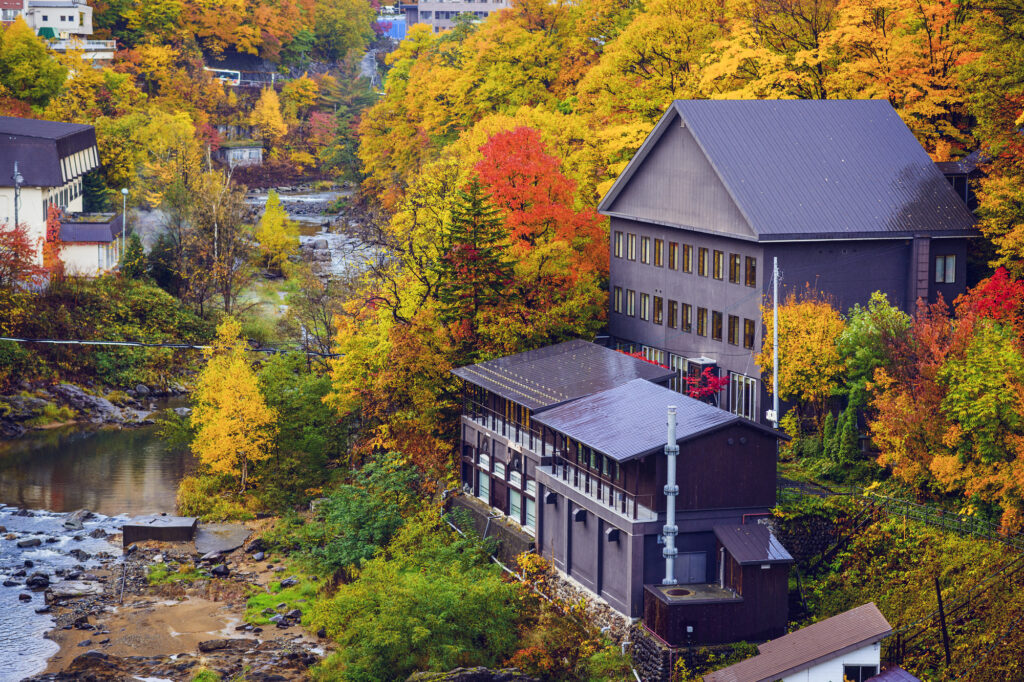
Leaving the bustling streets of Osaka, our journey takes us to the northernmost island of Japan, Hokkaido. A stark contrast to the urban landscapes of Tokyo and Osaka, Hokkaido is a paradise for nature lovers and adventure seekers.
Known for its breathtaking “Hokkaido scenery,” this island offers a blend of majestic mountains, pristine lakes, and vast wilderness that changes with the seasons.
Winter in Hokkaido is magical. The island is home to some of the best “Japan ski resorts,” attracting skiers and snowboarders from around the world.
Resorts like Niseko and Furano offer not just world-class skiing but also an opportunity to experience the serene beauty of Hokkaido’s winter landscape.
The powdery snow, which Hokkaido is famous for, blankets the island in a pristine white, transforming it into a winter wonderland.
But Hokkaido’s charm is not confined to its winter. Summer brings a different aspect of Hokkaido’s beauty, with fields of lavender in Furano and the famous flower fields in Biei.
The mild summer climate makes it perfect for exploring the great outdoors, be it hiking in its national parks or cycling along its scenic routes. The “Hokkaido scenery” during this time is vibrant with colors and life, a stark contrast to its snowy winter landscape.
Sapporo, the capital city of Hokkaido, offers a blend of urban life and nature. As part of your “Sapporo travel guide,” explore the historic Clock Tower, Odori Park, and the Sapporo Beer Museum.
The Sapporo Snow Festival, held every February, is a spectacle of ice and snow sculptures that draws visitors worldwide. The city also serves as a culinary gateway to Hokkaido’s fresh seafood, dairy products, and famous ramen, making it a delight for food enthusiasts.
Hokkaido’s untouched nature, vibrant seasons, and the warmth of its people make it a unique and unforgettable part of any Japan trip.
Whether you are gliding down the slopes of its famous “Japan ski resorts” or marveling at the summer blooms, Hokkaido offers a tranquil and refreshing escape from the fast pace of Japan’s more urban destinations.
Okinawa: Tropical Paradise in Japan
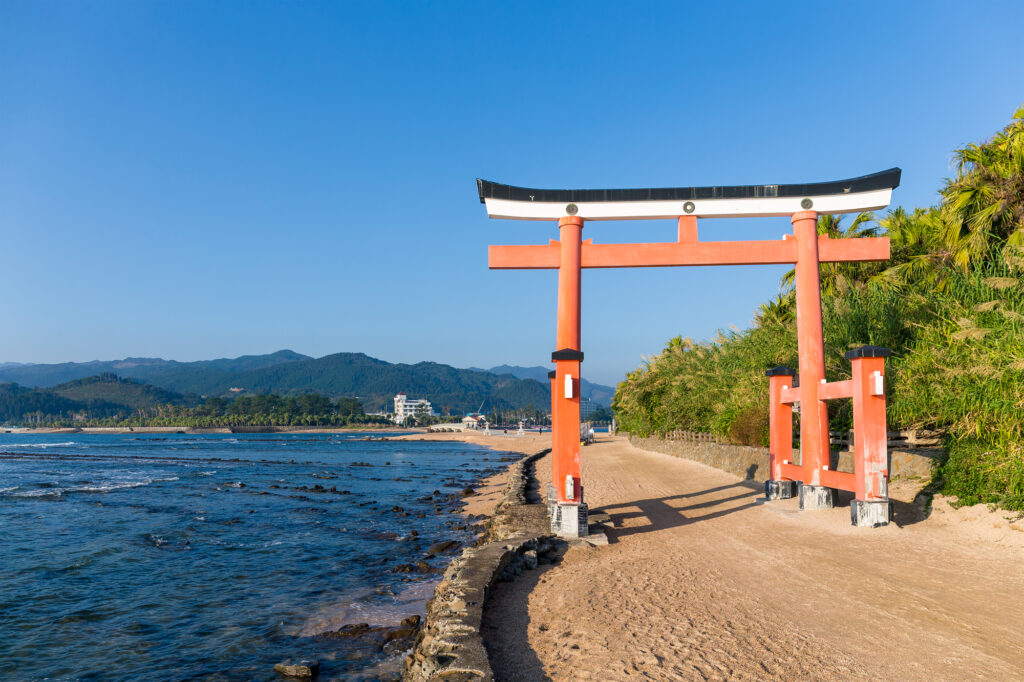
From the snowy landscapes of Hokkaido, we travel far south to the tropical haven of Okinawa.
This group of islands offers a starkly different experience from mainland Japan, with its unique Ryukyu culture, subtropical climate, and some of the most stunning “Okinawa beaches” in the country.
Okinawa is often referred to as the “Japanese tropical paradise,” and it is easy to see why.
The beaches in Okinawa are amongst the main attractions, boasting crystal-clear waters and white sandy shores. Places like Katsuren Peninsula and Miyako Island are perfect for those seeking sun, sand, and sea.
The coral reefs surrounding these islands are a haven for snorkelers and divers, offering a glimpse into the rich marine life that thrives in these waters. The tranquil beauty of these “Okinawa beaches” provides a perfect escape from the hustle and bustle of city life.
But Okinawa is more than just its beaches. The Churaumi Aquarium, located in the Ocean Expo Park in Motobu, is a must-visit.
It’s one of the largest aquariums in the world and home to a vast array of marine life, including the majestic whale shark. The aquarium offers an immersive experience, making it a highlight of any visit to this “Japanese tropical paradise.”
Okinawa’s culture is as vibrant as its natural beauty. Influenced by its history as the Ryukyu Kingdom and its trading ties with other Asian nations, Okinawa’s culture, music, and dance are distinct from the rest of Japan.
Exploring the historical sites, such as Shuri Castle in Naha, provides insight into this rich cultural heritage.
The islands also boast a unique culinary scene, with dishes like Okinawa soba and goya champuru offering a taste of the local cuisine. The tropical climate contributes to a bounty of fresh fruits, such as the famous Okinawan mango, which are a delight to try.
Okinawa, with its “Okinawa beaches,” rich culture, and the breathtaking Churaumi Aquarium, offers a unique and relaxing experience. It stands in contrast to Japan’s snow-capped mountains and bustling cities, showcasing the diverse beauty of this fascinating country.
Japanese Countryside: Hidden Gems
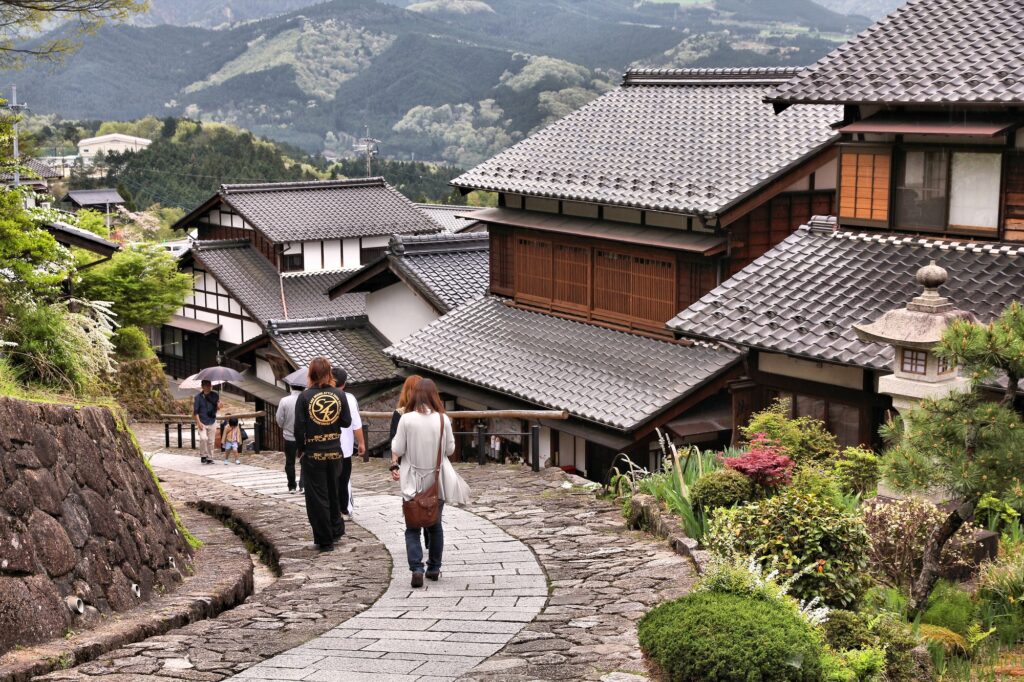
After the tropical allure of Okinawa, we turn our journey towards the tranquil beauty of the Japanese countryside.
Japan’s rural landscapes are dotted with hidden gems that offer a glimpse into the country’s pastoral and historical soul.
Places like Shirakawa-go, Tsumago, and many others represent the serene and timeless beauty of the “Japanese countryside.”
Shirakawa-go, a UNESCO World Heritage site, is perhaps the most picturesque example of rural Japan. Nestled in the mountains of Gifu Prefecture, this village is renowned for its traditional gassho-zukuri farmhouses, some of which are over 250 years old.
These houses, with their steep thatched roofs designed to withstand heavy snow, are a marvel of traditional Japanese architecture.
The village, particularly in winter, looks like a scene from a fairytale, with snow-covered roofs and soft lights glowing from within. Exploring Shirakawa-go allows one to step back in time and experience the rustic charm of the “Japanese countryside.”
Not far from the modern pace of life lies Tsumago, a post town in the Kiso Valley, known for preserving the look and feel of the Edo period.
This “Tsumago traditional town” is part of the historic Nakasendo trail, which connected Kyoto and Tokyo during feudal times.
Walking through Tsumago, with its well-preserved inns and old houses, is like wandering through a living museum. The town forbids overt signs of modernity – cars are hidden away, and power lines are kept out of sight to maintain its historical ambiance.
The Japanese countryside is also a testament to the country’s deep connection with nature. The rural landscapes, with their terraced rice fields, flowing rivers, and forest-covered hills, offer a peaceful retreat from the bustling cities.
Visiting these areas provides a chance to connect with a more traditional way of life, where the pace is slower, and the natural world is a constant companion.
Whether it’s through the historic charm of “Shirakawa-go,” the preserved Edo ambiance of “Tsumago traditional town,” or the countless other rural villages, the Japanese countryside holds a special place in the heart of Japan.
It offers a different perspective on Japanese culture and history, one that is as important as the urban experiences of Tokyo and Osaka.
Cultural Experiences and Festivals: The Heartbeat of Japan
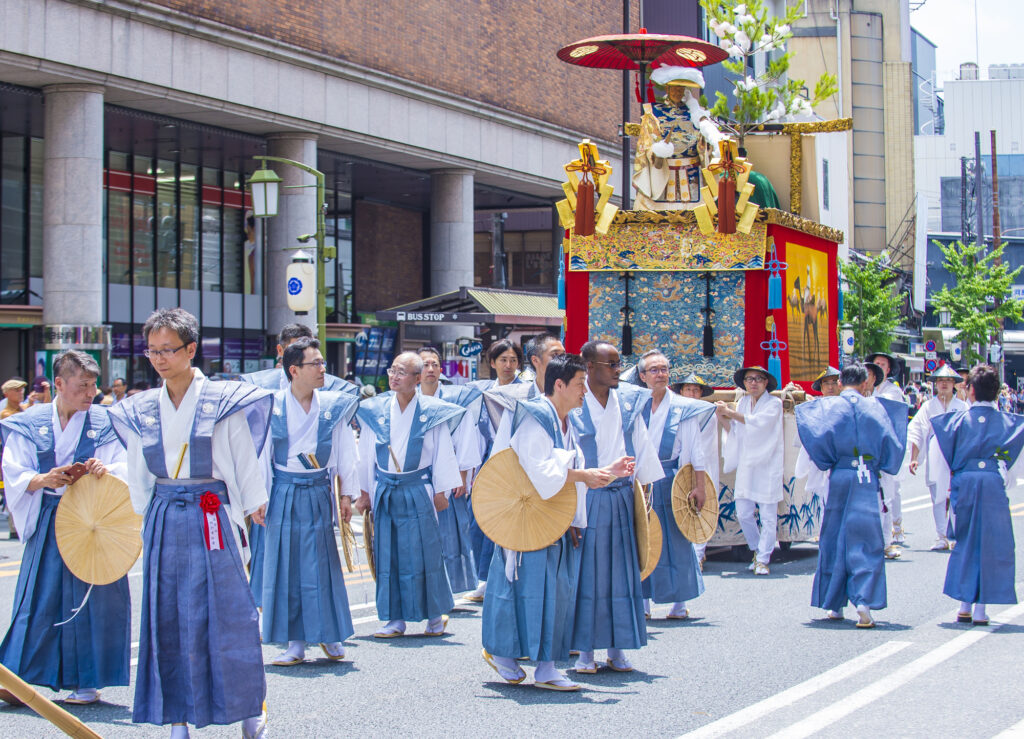
As we journey beyond the serene landscapes of the Japanese countryside, we delve into the rich tapestry of cultural experiences and festivals that form the heartbeat of Japan.
These events and traditions, ranging from the quiet beauty of “Hanami in Japan” to the vibrant energy of the “Gion Matsuri festival,” offer a window into the soul of Japanese culture.
Hanami, the cherry blossom viewing, is perhaps one of the most iconic and poetic of all Japanese cultural experiences. During spring, when the sakura (cherry blossoms) bloom, people gather in parks and along riverbanks for picnics under the blossoming trees.
This tradition, more than just a celebration of spring, is a deeply ingrained part of Japanese culture, reflecting the beauty and transient nature of life.
“Hanami in Japan” is an experience that combines natural beauty with social joy, offering a peaceful yet festive way to engage with the local culture.
In contrast to the tranquil hanami, the “Gion Matsuri festival” in Kyoto is a month-long celebration that fills the streets with color and life.
Dating back over a thousand years, this festival is one of the most famous in Japan and is known for its grand procession of floats, traditional music, and vibrant yukatas (summer kimonos).
The Gion Matsuri is not just a festival; it’s a living tradition that offers a glimpse into Kyoto’s history and the enduring legacy of its former status as the imperial capital.
Apart from these well-known events, Japan is rich in a variety of “Japanese cultural experiences.” From the ritual precision of a tea ceremony to the dramatic flair of Kabuki theater, each activity provides insight into Japan’s complex and layered culture.
Participating in a tea ceremony, for instance, is not just about enjoying a cup of tea; it’s about appreciating the art and mindfulness that goes into every aspect of the ceremony, reflecting the Japanese philosophy of wabi-sabi, the beauty of imperfection and transience.
Whether it’s through the ephemeral beauty of cherry blossoms during “Hanami in Japan,” the historical grandeur of the “Gion Matsuri festival,” or the myriad of other cultural experiences, Japan offers a rich and diverse cultural landscape.
These experiences allow visitors to not only see Japan but to feel and live its culture, making their journey an unforgettable one.
Conclusion: Embarking on Your Unforgettable Journey to Japan
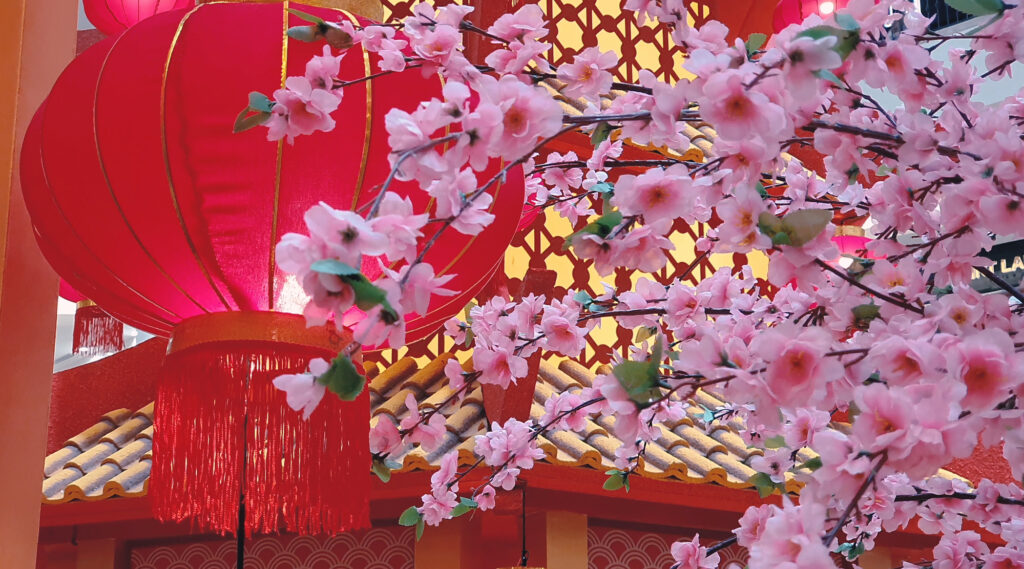
As our exploration of Japan’s diverse and enchanting destinations concludes, it’s clear that this remarkable country offers a mosaic of experiences, each unique and memorable in its own way.
From the neon-lit streets of Tokyo to the tranquil beauty of the Japanese countryside, from the snowy wonders of Hokkaido to the tropical serenity of Okinawa, Japan presents a world of contrasts, united by its rich culture and history.
Japan is a land where ancient traditions seamlessly blend with futuristic innovation, where every city, town, and village has its own story to tell.
The experiences you’ll encounter, whether it’s being part of the vibrant “Gion Matsuri festival” in Kyoto, witnessing the serene beauty of “Hanami in Japan,” or skiing in some of the best “Japan ski resorts,” will leave you with memories that last a lifetime.
As you “plan your Japan trip,” remember that the true essence of Japan lies not just in its famous landmarks but in its people, its culture, and the everyday moments that you’ll experience.
Whether it’s sharing a meal with locals, participating in a traditional tea ceremony, or simply enjoying the quiet beauty of a Zen garden, these experiences will connect you to the heart of Japan.
So embark on your journey to this extraordinary country, where each visit can be as unique as the diverse landscapes and cultures it hosts.
Whether you’re a first-time visitor or a returning traveler, Japan always has something new and exciting to offer. Get ready to create your own unforgettable “Japan experience,” one that will draw you back to explore the many facets of this incredible land.
Japan awaits you, with its doors open and its myriad wonders ready to be discovered. It’s time to immerse yourself in the unique charm and beauty of this country and create your own unforgettable story.

